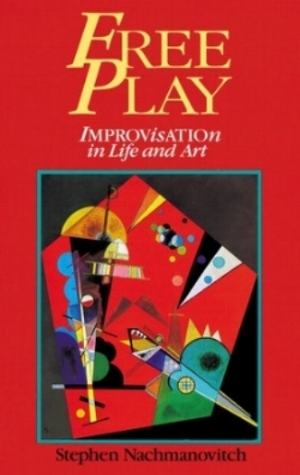In Praise of Shadows, by novelist Jun'ichirō Tanizaki, was first published in Japan in 1933.
I enjoyed this meandering essay on Japanese aesthetics, on light and shadow, looking at architecture, electric lighting, tableware, food, theatre and more. Evocative descriptions and resonating ideas from another time and place.
Some favourite passages:
‘Such is our way of thinking - we find beauty not in the thing itself but in the pattern of shadows, the light and the darkness, that one thing against another creates.’
‘And so it has come to be that the beauty of a Japanese room depends on a variation of shadows, heavy shadows against light shadows - it has nothing else. Westerners are amazed at the simplicity of Japanese rooms, perceiving in them no more than ashes walls bereft of ornament. Their reaction is understandable, but it betrays a failure to comprehend the mystery of shadows.’
‘We do not dislike everything that shines, but we do prefer a pensive luster to a shallow brilliance, a murky light that, whether in a stone or an artifact, bespeaks a sheen of antiquity.
Of course this “sheen of antiquity” of which we hear so much is in fact the glow of grime….Westerners attempt to expose every speck of grime and eradicate it, while we Orientals carefully preserve and even idealize it. Yet for better or for worse we do love things that bear the marks of grime, soot, and weather, and we love the colors and the sheen that call to mind the past that made them. Living in these old houses among these old objects is in some mysterious way a source of peace and repose.’
‘The Westerner uses silver and steel and nickel tableware, and polishes it to a fine brilliance, but we object to the practice. While we do sometimes indeed use silver for teakettles, decanters, or sake cups, we prefer not to polish it. On the contrary, we begin to enjoy it only when the luster has worn off, when it has begun to take on a dark, smoky patina.’
‘So benumbed are we nowadays by electric lights that we have become utterly insensitive to the evils of excessive illumination.’
Read Maria Popova’s thoughtful exploration of the essay in this edition of Brain Pickings


